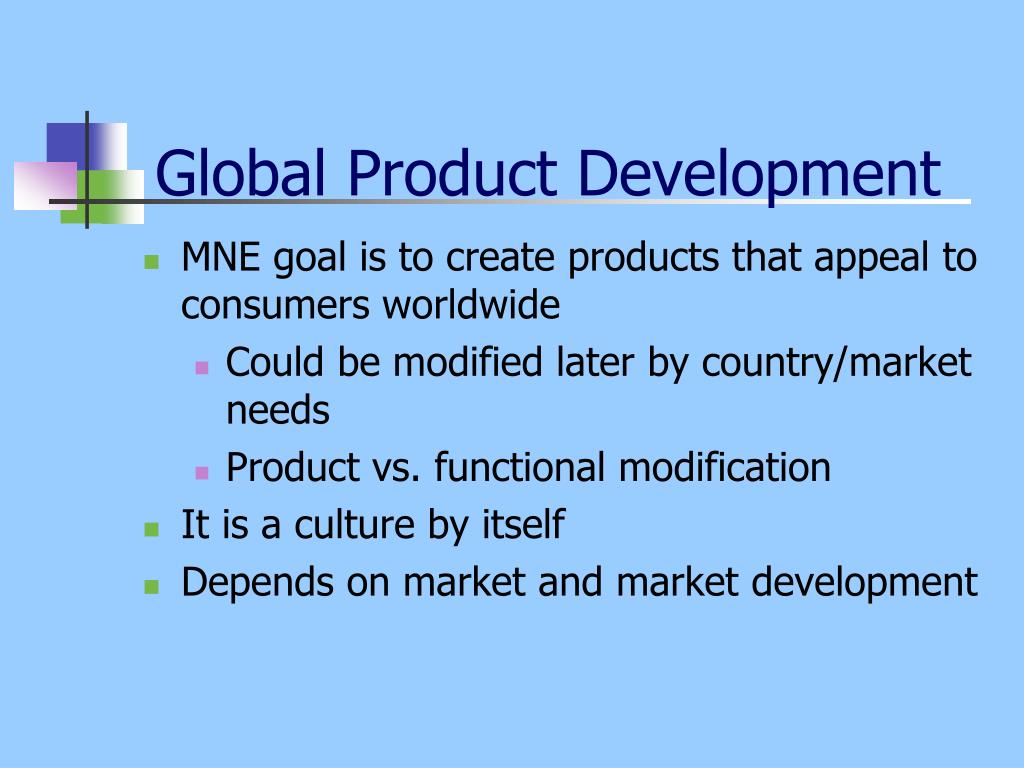In today's interconnected world, the field of product development has changed profoundly. Firms are more and more utilizing the capabilities and manpower of worldwide teams to develop and market products. This movement towards global product production not only cultivates a variety of viewpoints but also allows companies to access unique skills and resources that might be lacking locally. As teams partner across various time zones and cultures, they can communicate insights and perspectives, ultimately leading to more creative solutions and robust products.

The positive aspects of international teamwork reach much further than the direct benefits of reduced costs and access to new markets. By uniting people with diverse backgrounds and experiences, organizations can improve their product design processes, encouraging creativity and innovation like never seen. Additionally, by taking advantage of manufacturing capabilities worldwide, companies can optimize their operations, boost efficiency, and adapt more rapidly to shifting consumer needs, establishing effective collaboration as a key element of contemporary product development methods.
Significance of Global Teams
In the landscape of modern item development, global teams play a vital role in encouraging creativity and enhancing creativity. With varied backgrounds and angles, team members can offer distinct ideas that meet various market needs. This diversity not only aids in creating products that resonate with a wider audience but also stimulates out-of-the-box thinking, producing revolutionary solutions that might not arise in a more uniform environment.
Cooperation among global teams can bring about significant cost reductions in merchandise design and manufacturing. By leveraging the advantages of different regions, companies can optimize their assets and simplify their processes. For case in point, design projects can take advantage of lower labor costs in particular countries while guaranteeing high-quality outputs by collaborating with talented professionals around the globe. manufacturers outside of china allows organizations to produce products more efficiently, enhancing potential returns on investment.
Furthermore, worldwide teams enhance the ability to react to changes in the market rapidly. By spreading across various time zones, these teams can sustain a continuous workflow, allowing for more rapid iterations and feedback loops. This agility is essential in today's fast-paced environment, where customer preferences can change swiftly. With the joint expertise and geographical reach of worldwide teams, organizations can more efficiently adapt and innovate, making certain they continue competitive in an constantly changing marketplace. spintax
Difficulties in International Collaboration
International collaboration in item development often encounters several issues that can hinder the effectiveness of teams. One notable issue is the variation in time zones differences, which can complicate interaction and planning. When teams are spread across multiple regions, finding suitable times for meetings can be difficult, often leading to delayed responses and choices. This locational dispersion can create a disconnect among team members, as they may end up working in isolation rather than as a unified unit.
Cultural differences also represent a notable obstacle in global collaboration. Varied teams bring a richness of perspectives and ideas, but they can also face miscommunications due to diverse cultural norms and ways of communicating. What may be considered a clear approach in one culture might be perceived as overly aggressive or unclear in another. These differences can lead to conflicts or a lack of harmony if not managed well, making it essential for teams to foster cultural awareness and sensitivity to foster effective collaboration.
Language obstacles can further complicate international product manufacturing efforts. While the language of English is often the lingua franca in international business, not all team members may possess the same level of skill. Miscommunication stemming from linguistic variations can result in errors or misunderstandings of needs. To mitigate these challenges, organizations must emphasize clear conveying information and possibly invest in training or resources to ensure that all team members can engage effectively.
Best Practices for Efficient Coordination
To ensure efficient coordination among global teams, it is crucial to create clear communication channels. Utilizing a combination of real-time and asynchronous tools can help address different time zones and work styles. Regular video conferences and updates through shared platforms keep everyone informed and involved. Clear agendas and follow-ups from meetings help maintain focus and accountability, making it easier to track progress and address any issues promptly.
Another important practice is to specify roles and responsibilities clearly. When teams understand their specific functions and how they add value to the overall goals, it fosters a sense of ownership and accountability. This clarity helps in reducing overlap and confusion, allowing team members to collaborate effectively. Additionally, fostering an environment where team members feel comfortable sharing their concerns and suggestions can lead to creative solutions and improvements in the product development process.
Cultural awareness plays a significant role in global collaboration. Recognizing and respecting the diverse backgrounds, work ethics, and communication styles of team members can considerably enhance teamwork. Providing education on cultural competencies and encouraging transparent discussions about diversity can bridge gaps and enhance relationships. By embracing these differences, teams can harness a wider range of perspectives, leading to more innovative and successful product outcomes.
